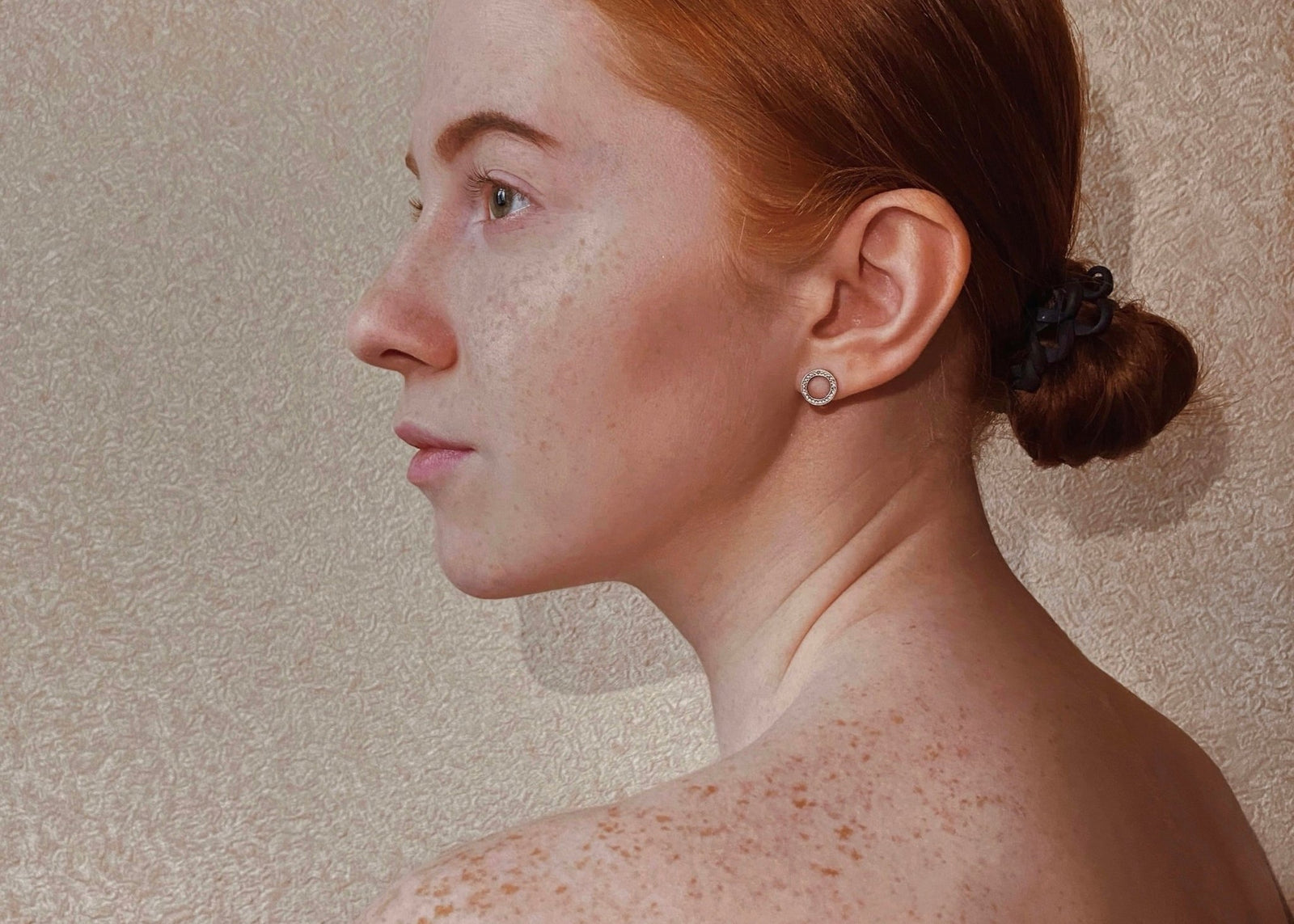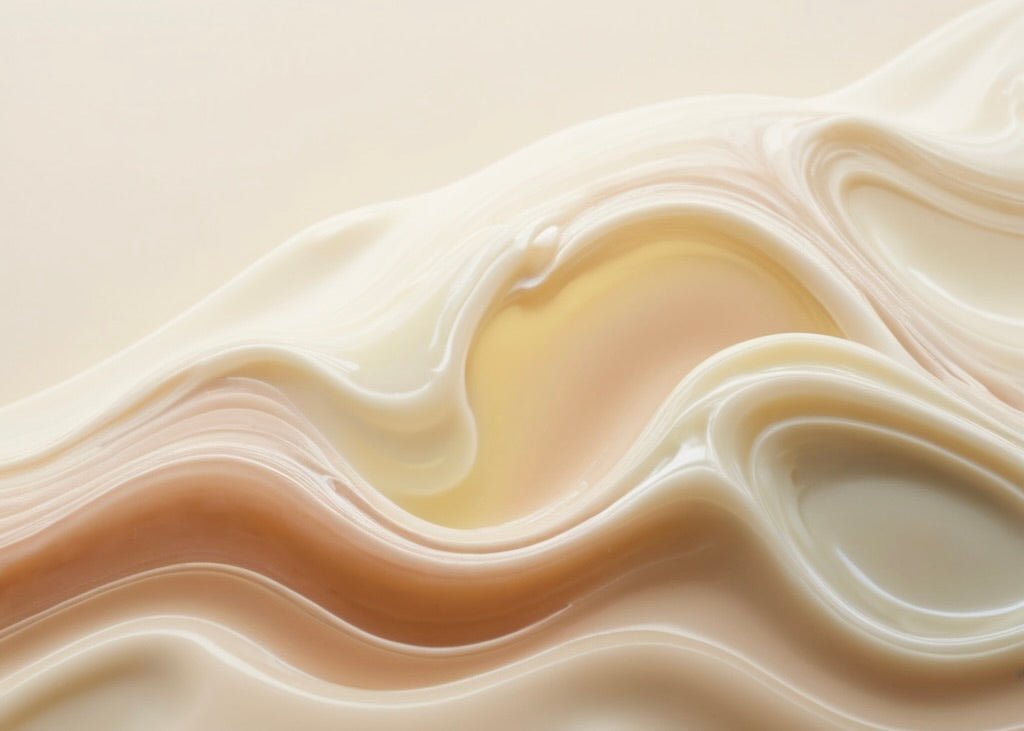
Coffee for Skin: Benefits and Drawbacks
The world of skincare is vast and diverse, with a myriad of ingredients, each promising to deliver radiant, youthful, and healthy skin. Among these, coffee has emerged as a popular choice for many skincare enthusiasts. But is coffee really good for your skin? Let's explore the benefits and drawbacks of using coffee for skin.
The Science Behind Coffee for Skin
Coffee is rich in antioxidants, specifically polyphenols and hydrocinnamic acids, which are known to fight free radicals - unstable atoms that can damage cells, causing aging and diseases. These antioxidants make coffee a potent ingredient in the fight against aging and skin damage.
Additionally, coffee contains caffeine, a stimulant that can improve blood circulation when applied topically. This increased blood flow can result in a healthier, more vibrant complexion. However, like all good things, moderation is key. Overuse of caffeine can lead to skin dryness and irritation.
Antioxidants in Coffee
Antioxidants are substances that inhibit oxidation, a chemical reaction that produces free radicals, leading to chain reactions that may damage the cells of organisms. Coffee, especially green coffee, is rich in antioxidants. These antioxidants can help to:
- Protect the skin from UV radiation
- Reduce inflammation
- Improve skin elasticity
- Reduce the appearance of wrinkles and fine lines
Caffeine in Coffee
Caffeine is a natural stimulant most commonly found in tea, coffee, and cacao plants. When applied topically, caffeine can have several benefits for the skin. It can:
- Improve blood circulation
- Reduce puffiness and inflammation
- Reduce the appearance of cellulite
- Tighten and brighten the skin
However, it's important to remember that while caffeine can provide these benefits, overuse can lead to dryness and irritation. Always use products containing caffeine in moderation and pay attention to how your skin reacts.
Benefits of Using Coffee for Skin
Now that we understand the science behind coffee and its components, let's delve into the specific benefits of using coffee for skin.
Exfoliation
Coffee grounds make an excellent natural exfoliant. The coarse particles help to remove dead skin cells, leaving the skin looking refreshed and glowing. Additionally, the act of massaging coffee grounds into your skin can stimulate blood flow, further enhancing your skin's health and appearance.
Anti-Aging
Thanks to its high antioxidant content, coffee can help to fight the signs of aging. By neutralizing harmful free radicals, coffee can help to maintain the elasticity of the skin, reduce the appearance of wrinkles and fine lines, and give your skin a youthful glow.
Reduced Cellulite
Cellulite is a common skin condition that causes a dimpled, lumpy appearance on the skin. Coffee, specifically the caffeine it contains, can help to reduce the appearance of cellulite by dilating blood vessels beneath the skin and improving overall blood flow.
Drawbacks of Using Coffee for Skin
While coffee can offer numerous benefits for the skin, it's important to also consider the potential drawbacks.
Potential Irritation
While coffee is generally safe for most skin types, some people may find that it irritates their skin. This is especially true for those with sensitive skin or those who are allergic to coffee. If you notice any redness, itching, or discomfort after using a coffee-based skincare product, discontinue use and consult a dermatologist.
Over-Exfoliation
While coffee grounds can be an excellent natural exfoliant, they can also be quite harsh. Over-exfoliation can strip the skin of its natural oils, leading to dryness, sensitivity, and irritation. It's important to use coffee scrubs sparingly and to always moisturize after exfoliating.
Temporary Results
While coffee can help to reduce the appearance of cellulite and puffiness, these results are often temporary. For long-term improvement, it's important to maintain a healthy lifestyle, including a balanced diet and regular exercise, in addition to your skincare routine.
How to Use Coffee for Skin
If you're interested in incorporating coffee into your skincare routine, here are a few ways you can do so:
- DIY Coffee Scrub: Mix together equal parts coffee grounds and coconut oil. Apply this mixture to your skin, gently massaging in circular motions. Rinailse off with warm water.
- Coffee Face Mask: Combine 1 tablespoon of coffee grounds, 1 tablespoon of honey, and 1 tablespoon of yogurt. Apply this mixture to your face and let it sit for 15-20 minutes before rinsing off.
- Store-Bought Coffee Products: There are many skincare products on the market that contain coffee, including face masks, serums, and creams. These can be a convenient way to enjoy the benefits of coffee for skin.
Remember, everyone's skin is different. What works for one person may not work for another. Always do a patch test before trying a new product or ingredient on your skin.
Conclusion
Coffee, with its rich antioxidant content and stimulating caffeine, can be a wonderful addition to your skincare routine. However, like all skincare ingredients, it's important to use it wisely and pay attention to how your skin reacts. Whether you choose to DIY your own coffee scrub or opt for a store-bought coffee-infused product, your skin could potentially reap the benefits of this popular beverage. Just remember, skincare is just one piece of the puzzle when it comes to maintaining a healthy, radiant complexion. A balanced diet, regular exercise, and good sleep habits are equally important.
















